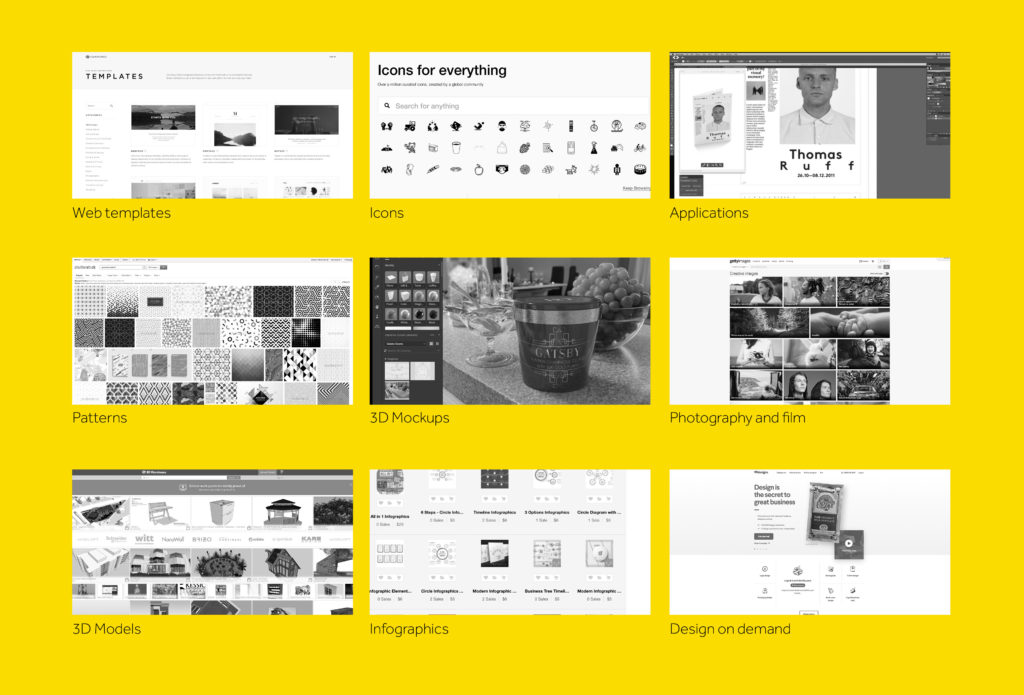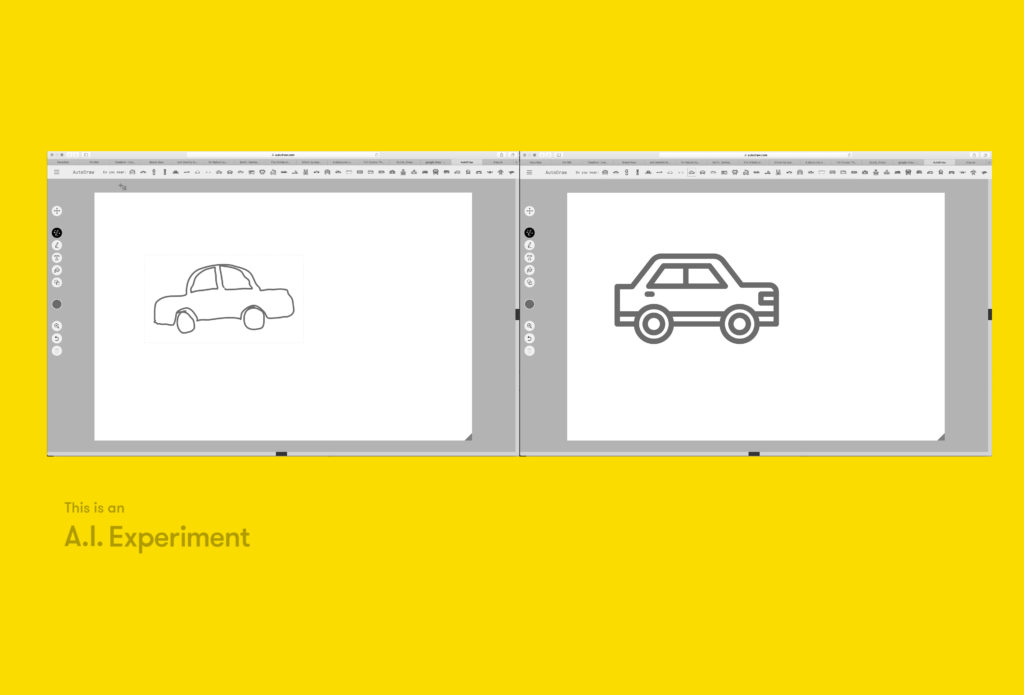The advent of
sameness
Have you seen this?
You’ve got to check this out!
It’s nice, isn’t it?
Design Inspiration
Are few of many phrases tossed abruptly into a void brewing across a table. This is commonly paired with the ‘much awaited’ unveiling of a smartphone, where members take turns to present their ‘Simba’ to the rest of the tribe. While we are familiar with the addictive and compulsive behaviours the medium has triggered in us, I believe they have serious implications on creativity and the individual.

A new order
As artists and designers, we are well aware of how the Internet and smartphone have empowered us, providing a stage we’ve always longed for; to express, but also be heard. It has done well to offer creativity new and versatile canvases, a life beyond its existence in a gallery or theatre. This is particularly evident with the art world where the medium has successfully taken the art outside it, away from curators and gatekeepers. This, without doubt, has levelled the playing field, offering exposure and opportunities to those muted by an inherent pecking order.
Consequently, the Internet now houses the work of almost every artist, designer, photographer and filmmaker, with access to it all summoned in an instant, with simple gestures of our fingertips. What’s alarming however, is how we incessantly draw, in many cases rather subconsciously, from this giant cloud of inspiration.
Design blogs
To cite a recurring scenario at design studios; the first thing we often do at the outset of a new project, is rush online.
Enter design blogs
Visual supernova
Looping hyperlinks
Conceptual blitzkrieg
Hotchpotch solutions
Meanwhile outside the 5K screen
Rotting synapses
Virgin sketch pads
Exit imagination
To a large extent our imagination does draw upon past experiences and many would argue it impossible to create without inspiration, but what we fail to acknowledge is how we are hindered by the very thing we hoped would ‘inspire’ us. Overwhelmed by the plethora of design solutions before us, our minds piece together a repurposed solution that might not be appropriate or relevant to our challenge. Before we know it, we’re contributing to a growing pile of sameness, creating more of what people like and less that challenges their perceptions.

Off the shelf
Aware of this shift, business are thriving off our ‘off-the-shelf’ approach to design. Stocking creativity in their invisible warehouses, they employ algorithms to analyse our craft, aiming to eventually automate it. Besides commonly used stock photography websites, above are a few examples of platforms that stock creativity. Sophisticated programs like Google’s Autodraw (part of their AI experiments program) take it a step further and instantly recognise doodles, coughing up perfectly crafted graphics in return.

Experiments in AI
Growing demands of the industry, coupled with unrealistic timelines, do leave the modern day, T-shaped, multi-faceted designer, depleted of creative juices. While it might only seem sustainable to mechanise the process to some extent, to what extent is a question we want to be asking ourselves in the times to come. A question that leads to defining our role in the creative process, before we allow other businesses to do that.

Moving forward
This of course leads us to the question we all fear asking. Could art, design and other creative outcomes be treated as any other product after all? Could every component of it be studied and understood scientifically over parameters such as time and place. Modern day data analytics would suggest we are not far from this.
Moving forward, there is no reason AI couldn’t influence businesses at a more intrinsic level. An off-the-shelf strategy to a successful and profitable investment. A simple decision tree approach could coerce investors to adapt strategies that have been tried, tested and supported by limitless data. A formulated approach that promotes efficiency and restrains creativity.
As the pile of sameness grows, it becomes increasingly impossible for the average and, at times, discerning consumer to make a distinction.
Is the pile fuelling the growth of the collective and the demise of individuality?
Is it perhaps the role of the creative mind, to carve new channels, to not give in, or is resistance futile?
Vishnu Pasupathy
Design Director
